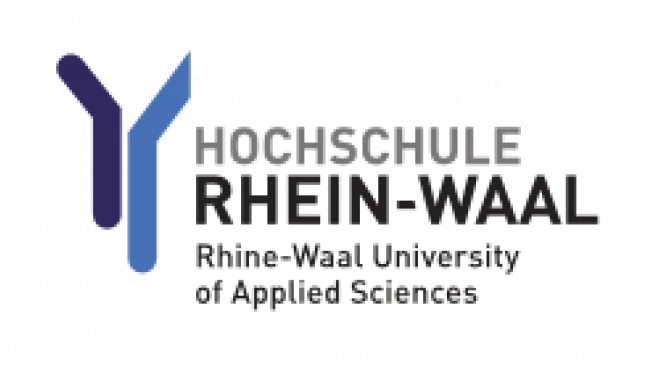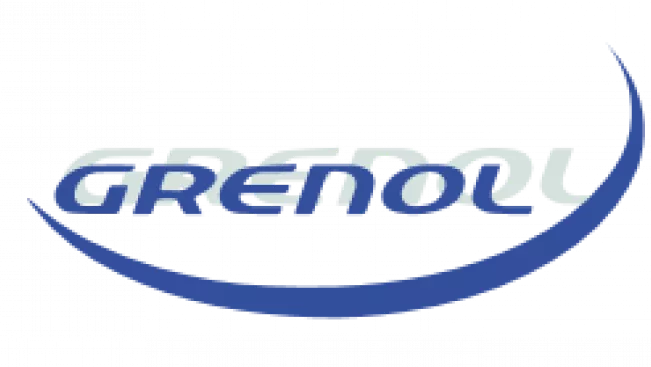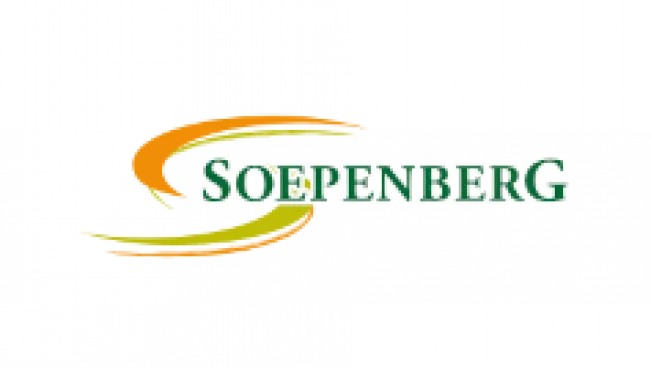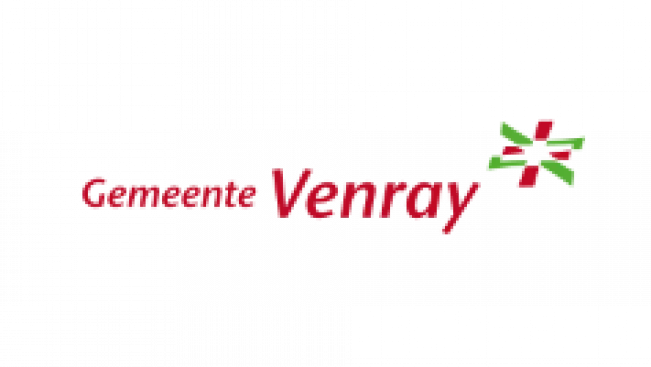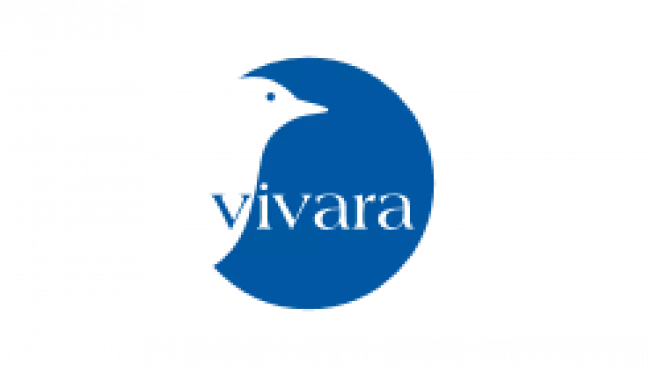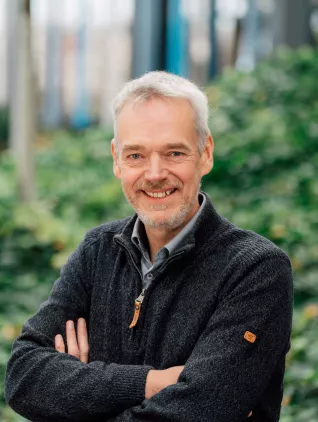Food Pro.tec.ts - Biomasse
Research project at a glance
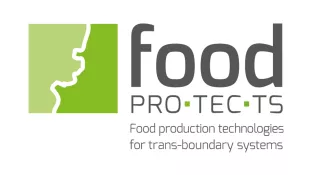
Departments and Instituts
Funding type
Period
01.07.2016 to 30.06.2020
Website
Project Description
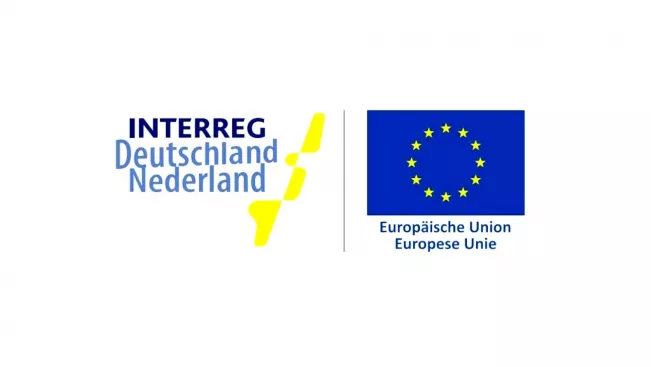
Food Pro.tec.ts was developed to be able to bring high-class, technological innovations to the German-Dutch economic area. In the project, companies from both countries cooperate with innovation experts within different technology clusters with the aim of jointly developing new and novel technologies and learning how to use them. All technological products resulting from this project are, on the one hand, geared to the requirements of regional small and medium-sized enterprises (SMEs). On the other hand, they are intended to help secure and, if possible, further expand existing competitive advantages of the entire region compared to other locations worldwide. The project partners also want to make their personal contribution to the progress of the so-called agricultural turnaround. Modern society expects food to be produced and offered sustainably, regionally and in high quality.
The modern agricultural and food industry is expected to supply a rapidly growing global population with safe and healthy food. At the same time, it must not be neglected that consumer demands for variety, sustainability and quality of food are constantly increasing and changing at an ever faster pace in terms of their focus (e.g. resource efficiency, regionality, animal welfare, intolerances, veganism). The topic of effective use of available resources in particular has gained in importance in recent years. At the beginning of 2015, the United Nations redefined the requirements for modern agriculture and the food industry. Sustainable agriculture and resource-saving production methods have top priority. In this context, experts from the European Union also name further requirements for the agricultural and food sector that are relevant in the short term:
- The EU agri-food sector is increasingly losing ground on the global export market;
- The industry should play a stronger role in the prevention of pathogens and in the more efficient use of resources in food production;
- The price war is hurting SMEs in particular;
- The distance between producers and consumers is growing, as food scandals, among other things, are shaking consumer confidence.
Subproject TIC 5
Material and energetic use of biomass by means of Hydrothermal Carbonization (HTC) and new fertiliser technologies
The following concepts and technologies provide a contribution to how previously poorly utilized or unused biomass material flows can be converted into high-quality products. The figure illustrates the strategy of the EU (Waste Hierachy) as well as the possibilities aimed at in the project consortium for a more effective utilization of the accruing biomass (value creation pyramid). A material flow analysis of the biomass in the program area will, in a first step, show the potentials of still available utilization possibilities of different "secondary raw materials".
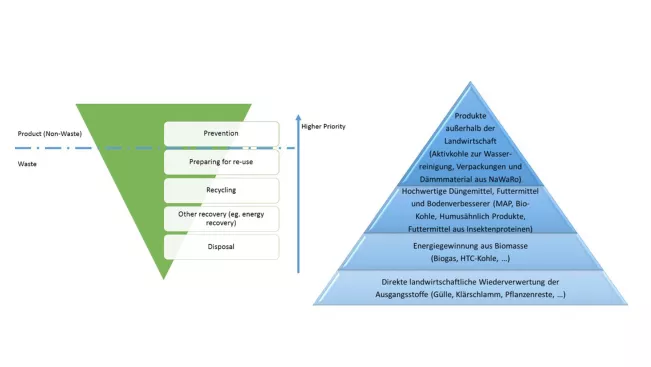
The EU Waste Hierarchy represents an inverted, five-level pyramid.
- Prevention
The highest priority in the EU Waste Hierarchy is waste prevention. - Preparing for re-use
If waste cannot be avoided, it should be reused (for example, by repairing defective equipment) - Recycling
If waste can neither be avoided nor reused, it should be recovered or recycled. - Other recovery
If waste cannot be avoided, reused or recycled, it can be incinerated to further utilize the energy generated. - Disposal
On the lowest level, i.e. the top of the inverted pyramid, is waste disposal. If waste cannot be avoided, reused or recycled, it is disposed of.
Value creation pyramid
The value creation pyramid consists of four levels.
- The foundation of the pyramid is the direct agricultural recycling of feedstock (manure, sewage sludge, plant residues, ...).
- The stage of energy production from biomass (biogas, HTC coal, ...) is based on this.
- On the third level there are high quality fertilizers, feeds and soil conditioners (MAP, bio-charcoal, humus-like products, feeds from insect proteins).
- At the top of the value creation pyramid are products outside of agriculture (activated carbon for water purification, packaging and insulating material made from NaWoRo (renewable raw materials)).
Subsequent technological developments are opening up new markets in the production region and beyond.
- Hydrothermal Carbonization (HTC): Increasing efficiency in the production of storable energy sources from biomass and developing marketable fertilizers and soil conditioners for agriculture from the residues.
- MAP (Struvite): Manure and wastewater streams (sewage sludge) can be selectively treated by phosphorus precipitation so that magnesium aluminum phosphate (MAP) "struvite" can be obtained as a powder. This P-containing mineral is to be technically processed so that a marketable mineral fertilizer can be offered.
- H2SO4 logistics: Reduction of N-immission by exhaust air treatment techniques at livestock facilities by so-called chemical scrubbers. Development of a logistic concept for H2SO4 use in chemical scrubbers in agriculture and use of the (NH4)2SO4 solution as fertilizer.
- NaWaRo: Integration of NaWaRo into conventional crop rotations as a sink for products from new technologies (see above) and as a new source for products from NaWaRo (food base for insects, binder for fertilizer pellets, packaging, insulation materials, ...).
- Protein sources: Use of biomass (waste) as basis for insect propagation (Anlalyse der Nutzbarkeit von Reststoffen & Mechanisierungsmöglichkeiten - Einsatz von Ölpflanzen (zum Beispiel Raps) in Kombination mit Insekten als Grundlage für Tierfutter.
A socio-economic evaluation and technology transfer will be carried out to accompany the above-mentioned technology developments. Pilot applications will take place at the levels of technology users, agriculture, and cities and municipalities.
The focus of the above-mentioned technological development work is on the more effective use of biomass material flows. The following six products are the focus of this work:
- Fertilizer production process (pelletizing phosphate fertilizer (P fertilizer), nitrate fertilizer (N fertilizer)) -> Customers: Chemical industry, fertilizer manufacturers
- Energy (bio-coal, ...) -> Customers: Energy suppliers of cities and municipalities, SMEs, agriculture, end consumers.
- Organic carbon compounds (soil conditioner, humus, ...) -> Customers: Farmers, horticulturists, DIY stores, garden centers, end consumers.
- Mineral fertilizers (nitrogen, phosphorus, potassium, ...) -> Customers: Agriculture, horticulture, DIY stores, garden centers, end users.
- Integration of NaWaRo as a "greening" component of crop rotation; packaging as well as insulation and materials made from renewable raw materials (for example miscanthus) -> Customers: Cultivation methods for agriculture and packaging for the food industry, for example, as well as the construction industry.
- Insects as a protein supplier in animal feed -> Feed industry
The activities described are based on the bioeconomy strategy, which is oriented toward natural material cycles and aims to contribute to a structural change from an economy based on finite fossil sources to one based more on renewable resources.
Research associates
Cooperation partners
